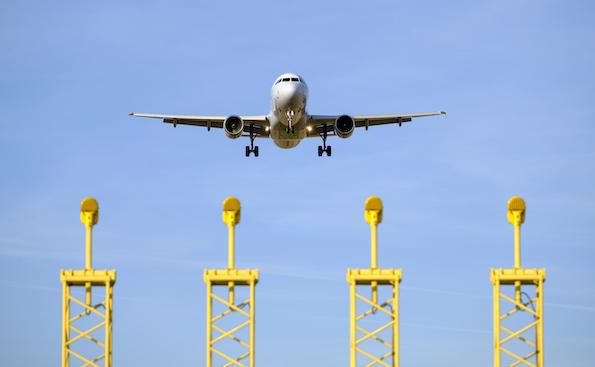
Commercial aftermarket revenues are on track to fall 50% in the second quarter (Q2), in line with an industry consensus that has global airline activity slowly increasing after hitting bottom in April, two new surveys show.
Analysts at Canaccord Genuity and Jefferies each polled 20 companies with aftermarket business lines, ranging from new-parts suppliers to independent MRO providers. The general consensus: The expected dropoff triggered by airlines parking aircraft and deferring maintenance has occurred, and the aftermarket recovery may face short-term headwinds even as traffic recovers.
Respondents to Jefferies’ survey predict total 2020 aftermarket revenues falling 35% in 2020, with a further decline of 9% in 2021, which the firm said is “more bearish” than its projection of a 27% decline and a 7% uptick next year.
Respondents see significant cost-saving efforts by airlines as the primary growth inhibitor, with these principal tactics: minimizing discretional spending, maintaining lower inventory levels and parking aircraft due for heavy checks. The push for lower costs and higher cash-flow certainty should benefit service providers that offer long-term agreements as well as parts-manufacturing-approval suppliers, Jefferies concluded.
Canaccord’s survey results suggest Q2 revenues may not fall as much as projected a few weeks ago, but the recovery may be more sluggish than expected.
“The average decline in April-May is running down about 40-50%. Preliminary commentary for April pointed to well over 50% declines as companies reported Q1 results,” Canaccord analyst Ken Herbert said. “However, the full-quarter [Q2] numbers are likely in-line with slightly better than expectations. But, optimism that an improvement in air traffic schedules will immediately translate to aftermarket demand do appear optimistic.”
Airline fleet decisions, including both retirements and activity, continue to be the largest unknowns for aftermarket providers. The latest International Air Transport Association figures, released June 9, project a 36% year-over-year decline in traffic in 2020, while 2021 numbers will come in at 29% below 2019’s baseline. This implies steady increases from the current levels of 85-90% below year-earlier figures.
Data compiled by Aviation Week help put the fleet-use dynamics in perspective. At the end of May, global carriers had 11,500 airliners parked, or about 35% of the total Western-built fleet of active and idle aircraft certificated for 19 or more seats. Another 3,150, or 10%, were in a semi-active parked/reserve status, meaning they had flown on one or two of the previous seven days. In mid-May, the parked figure was higher, 12,400, while the parked/reserve figure was lower, at 2,670.
While there are signs of increased aircraft activity, retirements also are rising. Jefferies is projecting total fleet declines of about 1.5% per year in 2020-23, as retirements out-pace new deliveries. Using its end-2019 fleet figure of 28,000 as a baseline, this would mean a net reduction of 1,600 aircraft by the end of 2023. Jefferies’ projections have traffic returning to 2019 levels in 2023.
Canaccord expects retirements to total about 4,000 through 2021, and the accumulation of idled assets increasingly will affect aftermarket providers.
“We expect the return-to-service for parked aircraft to be gradual as traffic continues to expand,” Herbert wrote. “We continue to agree that total capacity is likely not going to return to pre-crisis levels until about 2023, and the availability of green time and excess inventory will be two headwinds to the aftermarket recovery.”





